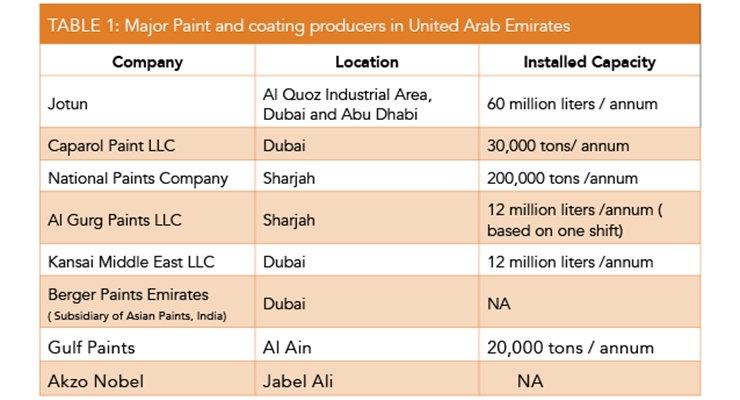Maximizing Restricted Areas: Color Techniques To Produce An Illusion Of Roominess
Maximizing Restricted Areas: Color Techniques To Produce An Illusion Of Roominess
Blog Article
interior painting richardson -
In the realm of interior decoration, the art of taking full advantage of tiny rooms with tactical painting strategies provides a profound possibility to transform confined areas right into aesthetically expansive havens. The mindful selection of light shade palettes and brilliant use of optical illusions can work marvels in producing the illusion of area where there seems to be none. By utilizing these strategies judiciously, one can craft an environment that opposes its physical borders, inviting a sense of airiness and openness that hides its actual dimensions.
Light Color Option
Selecting light colors for your paint can dramatically improve the illusion of space within your artwork. Light colors such as soft pastels, whites, and light grays have the capacity to show more light, making a room really feel more open and ventilated. These colors develop a feeling of expansiveness, making walls show up to recede and ceilings appear greater.
By using light shades on both wall surfaces and ceilings, you can obscure the boundaries of the room, giving the perception of a larger area.
Furthermore, light colors have the power to jump natural and artificial light around the space, brightening dark edges and casting fewer shadows. This result not just contributes to the general large feeling but likewise develops an extra welcoming and vibrant ambience.
When choosing light shades, take into consideration the undertones to guarantee harmony with various other elements in the area. By strategically incorporating light colors right into your paint, you can transform a restricted space into an aesthetically bigger and more welcoming atmosphere.
Strategic Trim Painting
When intending to produce the impression of room in your paint, calculated trim paint plays a crucial role in defining limits and improving depth assumption. By purposefully selecting the shades and coatings for trim job, you can successfully control how light interacts with the room, ultimately affecting how huge or little a space really feels.
To make a room show up bigger, think about painting the trim a lighter shade than the walls. This comparison produces a sense of deepness, making the wall surfaces recede and the area really feel even more large.
On the other hand, repainting the trim the very same color as the walls can develop a seamless appearance that blurs the edges, giving the illusion of a continuous surface and making the boundaries of the space less defined.
In addition, utilizing a high-gloss finish on trim can show much more light, additional improving the perception of area. Conversely, find out here can absorb light, producing a cozier ambience.
Meticulously taking into consideration these details when painting trim can substantially influence the total feeling and regarded size of a space.
Visual Fallacy Techniques
Using visual fallacy methods in paint can efficiently alter understandings of depth and space within a provided atmosphere. One usual method is using slopes, where shades shift from light to dark tones. By using a lighter shade on top of a wall surface and slowly darkening it towards all-time low, the ceiling can appear higher, creating a feeling of vertical area. Conversely, repainting the floor a darker color than the walls can make it feel like the space prolongs further than it in fact does.
professional painting company dallas tx includes the tactical placement of patterns. Horizontal stripes, for example, can aesthetically broaden a narrow room, while vertical stripes can lengthen an area. Geometric patterns or murals with viewpoint can likewise fool the eye into regarding even more depth.
Additionally, integrating reflective surface areas like mirrors or metallic paints can bounce light around the room, making it really feel extra open and large. By masterfully utilizing these visual fallacy strategies, painters can transform small areas into aesthetically large locations.
Final thought
To conclude, strategic painting techniques can be used to optimize tiny areas and produce the impression of a larger and much more open area.
By choosing light colors for wall surfaces and ceilings, using lighter trim colors, and incorporating visual fallacy methods, assumptions of deepness and dimension can be controlled to transform a small area right into a visually larger and more welcoming atmosphere.
